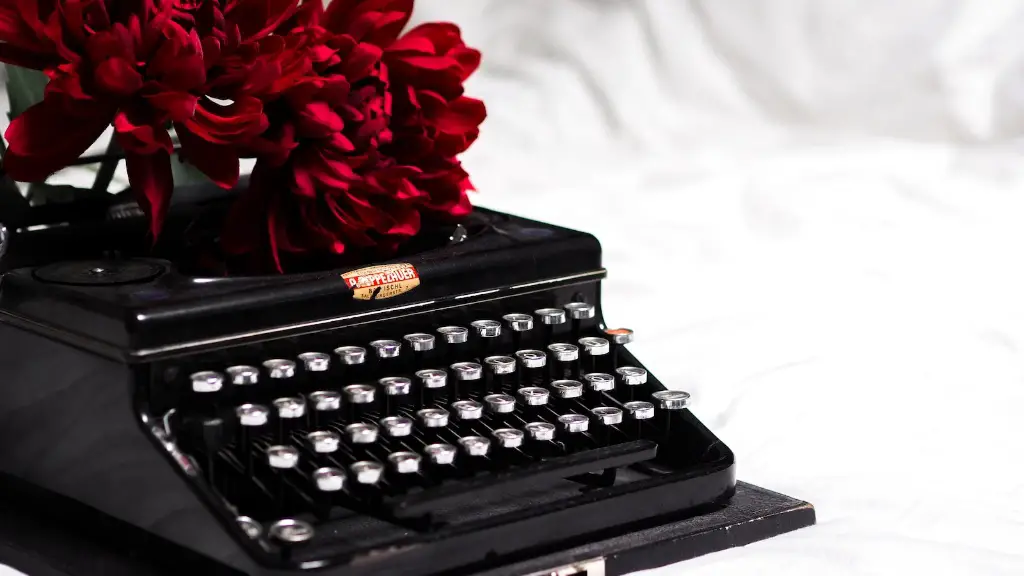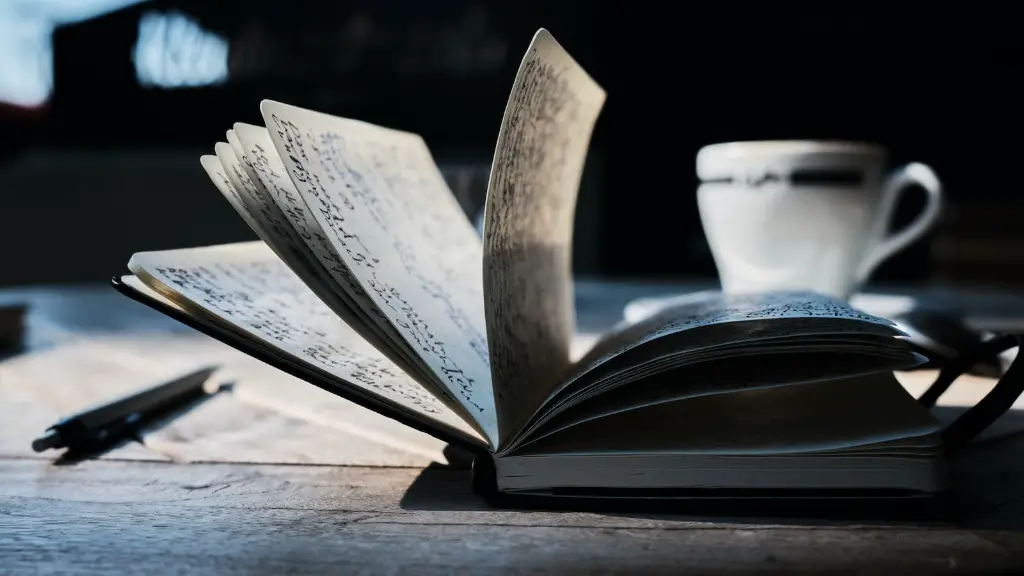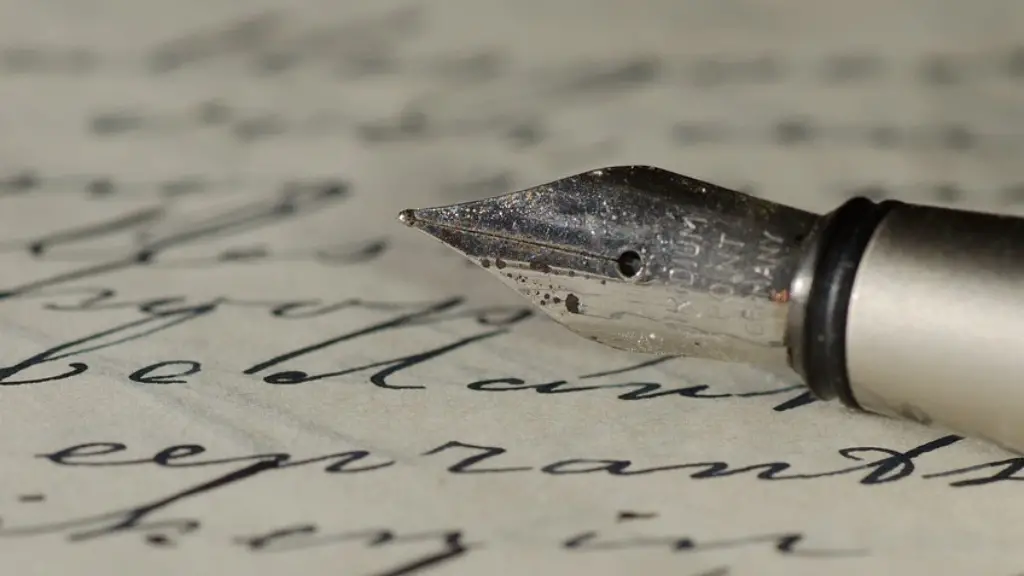Background
Milk and Honey is a collection of poetry, prose and drawings written by the Indian-American poet and writer Rupi Kaur. The collection was self-published on the 14th of October 2014 and was an instant success, debuting in the New York Times Best Seller list at number 7 and staying there for almost two consecutive years. The collection is often described as a modern-day classic and has become a staple of ‘spoken-word’ platforms. It takes the reader through a journey of the struggles of feminism, oppression and love, with Kaur’s unique style of writing. It is divided into four sections each with their own ‘trigger words’ – hurt, love, healing and discovery.
Definition
Milk and Honey is an anthology of what is known as ‘free verse’ or ‘open form’ poetry. Free verse is a flexible poetic form that does not use the traditional structure of meter or rhyme. Instead, it relies on natural sounds and syllabic stress. It often describes subjects in an isolated or isolated moment, rather that engaging in narrative storytelling. This is one of the characteristics that make Milk and Honey so successful, as it allows for reflection in the form of poetry.
Structure
The structure of the poetry in Milk and Honey is minimalistic and often unorthodox. There is no strict adherence to any poetic form and the variable length lines often lack a ‘metrical frame’. Instead, line endings are used to denote complete thoughts while the reader is left with finite and open-ended possibilities. Kaur uses audience participation as a way of creating an unstoppable momentum that leads the reader through the poem. This is further enhanced by the sparse use of white-space which allows time for interpretation and contemplation.
Language
Kaur opts for a straightforward typical ‘street’ language, which gives her poems a boldness and directness. By eschewing traditional poetic language that has been used for centuries, Kaur gives her readers the opportunity to engage in the thoughts and feelings that she expresses in a manner they can truly relate to. In her book, Kaur comments “My writing is meant to speak in the language of the body, the language we hear before we are taught the words to express.”
Rhetoric
The rhetoric in Kaur’s writing is often challenging and powerful when she talks about issues of feminism, oppression and heartbreak. Through her distinctive use of language, Kaur succeeds in condensing her emotions into moving prose. This often evokes strong reaction from the readers, who are able to project their own experiences on to the work. Kaur also imbues her work with a sense of optimism which provides an uplifting contrast to the often anger-filled conversations that can take pace in the midst of a struggle.
Emotions
The emotional depth of Kaur’s work lies in her exceptional ability to give a voice to those who often go unheard, particularly women and those from marginalised communities. The power of her words reach many, who find solace in the relatability of them. Milk and Honey acts as a bridge that allows readers to reconnect with their own stories and weave them into the narrative of Kaur’s poem.
Themes
The poems in Milk and Honey focus on the interplay of the poles of love and trauma, with Kaur exploring both in an honest and often thought-provoking manner. She navigates topics ranging from abusive relationships and empowerment to heartbreak and healing. Many of her poems confront and dismantle preconceived notions of ‘the woman’s role’ and struggles that come with it. In doing so, Kaur provides a platform for women to reclaim their power and experience solidarity in the process.
Influence
The overwhelming success of milk and honey has seen Kaur become a prominent figure in literature and spoken-word. It has opened up conversations on topics that are often uncomfortable or unspoken and has put Kaur in the list of contemporary greats such as Warsan Shire and Nayyirah Waheed. Milk and Honey has sold millions of copies worldwide, it has been translated into numerous languages and has shaped the landscape of modern day poetry.
Artistry
The artistry of Milk and Honey lies in Kaur’s carefully crafted words and the emotions they convey. Each page provides a new angle to explore and each sentence serves a purpose. There is a certain musical quality to her work, which allows the reader to tap into their inner self and channel the feelings that stir within. As Kaur herself comments, “I want to create with complete honesty and understanding, writing stories and poems that the reader never knew they needed until it was presented to them.”
Legacy
Milk and Honey has passed the test of time and its universal themes remain just as relevant today as when it was first released. Its success has created an atmosphere where young people are able to speak openly about issues that affect them on a daily basis. Those who have read it and been inspired take the words of Kaur and create their own works, speaking their truth and effecting change. Milk and Honey is more than just words in a book, it is a legacy, a reminder that ordinary people can do extraordinary things.
Aesthetics
Kaur’s use of drawings as a complement to her poems gives the book more of a personal touch that entices the reader to delve deeper into the text. The illustrations are often abstract, inviting the reader to interpret them in their own way and in doing so, create a unique individual experience of the poems. The art style of Milk and Honey is often calming, balancing the powerful emotions of the words with a tranquil aesthetic.
Analysis
The poetry of Milk and Honey is both intimate and powerful, engaging the reader in a complex emotional discourse. Kaur skilfully blends techniques such as audience participation, symbolism, and her use of emotionally charged language, to create an atmosphere of reflection and intimacy. This is further enhanced by her sparse use of illustrations and her direct approach to social and political issues. This type of poetry speaks to readers on a global level, as there often is a shared individual understanding of the sentiment.
Audience
Kaur’s work speaks to readers of all ages, gender and backgrounds. Milk and Honey has become the soundtrack of a generation seeking catharsis in a world riddled with the hurt and hopelessness that often comes with struggling against oppression. It has helped cement Kaur’s image as a merciless poet and holds up a powerful reminder of her message – that everyone has a voice, and that we can all take the time to find it and use it to effect positive change.
Opinion
The poetry in Milk and Honey is a reflection of the state of the world, particularly through the eyes of a feminist. The words within the book are powerful and thought-provoking, leading the reader to reflect on their own journey and experiences. As one continues to delve deeper into the pages, Kaur’s words become all the more prescient, providing comfort and understanding alike. It is more than just a book of poetry, it is a source of solace, companionship and solidarity.
Reception
The reception of Milk and Honey has been overwhelmingly positive, with fans of Kaur’s work praising the book for its revolutionary take on traditional poetry. It has been described as one of the most nuanced and honest collections of poetry released in recent times and it is easy to see why. The poems are uplifting, direct and often heart-wrenching, allowing the reader to take part in an honest discussion about the struggles faced by many on a daily basis.
Conclusion
Milk and Honey is a collection of poetry, prose and drawings that explore the depths of love, truth, pain and empowerment. Through her intricate use of language, Kaur succeeds in bringing to life a range of emotions that have resonated with readers from all over the world. It is a modern-day classic that is sure to remain a staple of spoken word for many years to come.




